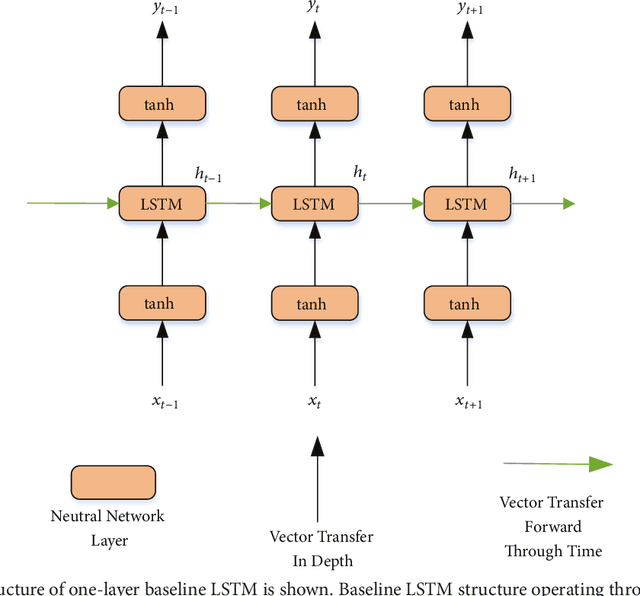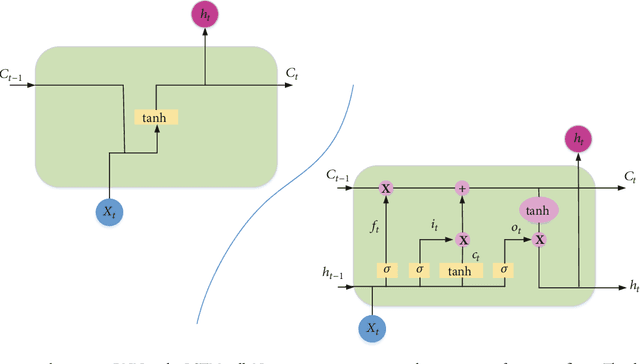Deep Residual Bidir-LSTM for Human Activity Recognition Using Wearable Sensors
Paper and Code
Sep 07, 2017



Human activity recognition (HAR) has become a popular topic in research because of its wide application. With the development of deep learning, new ideas have appeared to address HAR problems. Here, a deep network architecture using residual bidirectional long short-term memory (LSTM) cells is proposed. The advantages of the new network include that a bidirectional connection can concatenate the positive time direction (forward state) and the negative time direction (backward state). Second, residual connections between stacked cells act as highways for gradients, which can pass underlying information directly to the upper layer, effectively avoiding the gradient vanishing problem. Generally, the proposed network shows improvements on both the temporal (using bidirectional cells) and the spatial (residual connections stacked deeply) dimensions, aiming to enhance the recognition rate. When tested with the Opportunity data set and the public domain UCI data set, the accuracy was increased by 4.78% and 3.68%, respectively, compared with previously reported results. Finally, the confusion matrix of the public domain UCI data set was analyzed.
 Add to Chrome
Add to Chrome Add to Firefox
Add to Firefox Add to Edge
Add to Edge